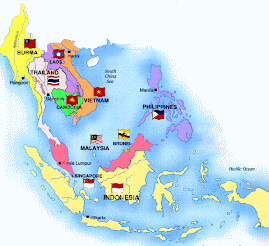Abstract
Highly
weathered soils in humid Asia are characterized by low soil fertility
and high soil erosion potential. This study evaluates the influences of
biochar made from the waste wood of white lead trees (Leucaena leucocephala
(Lam.) de Wit) on the physicochemical and biological properties of
long-term cultivated, acidic Ultisol. This study used three application
rates (0%, 2.5%, and 5% (wt/wt)) of the biochar with an incubation time
of 105 d for all cases. Soils were collected at 21 d, 42 d, 63 d, 84 d
and 105 d during the incubation period to evaluate changes in soil
properties over time. A simulated rainfall event (80 mm h− 1)
was performed to estimate soil loss for all treatments at the end of
the incubation time. Experimental results indicate that applying biochar
improved the physicochemical and biological properties of the highly
weathered soils, including significant increases in soil pH from 3.9 to
5.1, cation exchange capacity from 7.41 to 10.8 cmol (+) kg− 1, base cation percentage from 6.40 to 26.0%, and microbial biomass carbon (MBC) from 835 to 1262 mg kg− 1. Compared with the control (i.e., no biochar), biochar application decreased bulk density from 1.4 to 1.1 Mg m− 3, increased Ksat
by 1.8 times and increased the mean weight diameter (MWD) of soil
aggregates from 2.6 cm to 4.0 cm. Incorporating biochar into the soil
significantly reduced soil loss by 50% and 64% at 2.5% and 5%
application rates, respectively, compared with the control. The
formation of macroaggregates in the biochar-amended soils is the
critical factor to improve soil erosion potential. Based on these
results, a 5% application rate of biochar is considered as suitable for
highly weathered soil because this application rate efficiently improves
soil physiochemical properties and reduces soil loss.
Shih-Hao Jien ,
,  ,
, Chien-Sheng Wang
Department of Soil and Water Conservation, National Pingtung University of Science and Technology, Pingtung 91201, Taiwan
The full article is available here:





No comments:
Post a Comment